Vasco City – Its Own Identity
As the name suggests, Vasco-da-Gama city inherited its name from the Portuguese explorer and the former viceroy, Vasco-da-Gama and is locally known as Vasco. Located at close proximity to Mormugao harbor and Zuari River, the city was originally called Sambhaji. This coastal town came under Portuguese rule in 1543 A.D. and evolved as a leading export-import trade center for India on a global platform.
The city was founded in 1543 and remained in Portuguese hands until 1961, when Goa was annexed by India. The Indian Navy’s Goa Naval Area (base) is located at Vasco from which it controls Dabolim Airport and, in effect, the entire tourism-dependent state of Goa. The historic ‘Document of surrender’ was signed by the Portuguese in front of Vasco’s municipal council building.
The primary town of Vasco is ordered in a straight line by parallel roads which are interconnected by lanes. The city of Vasco-da-Gama is fundamentally a shipping center, and plays an integral role in the economy of Goa. The port of Mormugao – one of India’s natural harbors – lays 4 kms from the middle of the city of Vasco. The Mormugao port conducts and operates container vessels and iron ore barges carrying ores and minerals to the countries Japan and Korea.
Vasco is the only city in Goa which is well connected by road, rail, sea and air; by road – the National Highway 17A. Arriving by bus from Panjim or Margao, you’ll be dropped off at the Interstate Kadamba Terminus, 3-km east of the town center. By rail by the South Western Railway station at the south end of the main Dr. Rajendra Prasad Avenue. By the sea through the Mormugao Harbor and by air through Dabolim Airport – 4-km southeast of Vasco da Gama thus serving as the main hub for most tourists visiting the state of Goa.
Being a business city, Vasco da Gama boasts of better than average hotels. Most are plush mid-range places, although there are several lodges near the railway station. Best of the budget hotels are available on the Dattatreya Deshpande Road. The more upscale one’s are situated at Pe Jose Vaz Road, currently offers the best value for money among Vasco’s many modern mid-range places. The plush variety – complete with full air-conditioning, bars, restaurants and a gym – are located on Swatantra Path. Rangoli restaurant offers good food, with live music some evenings and The Vasco Inn Specializes in sea-food, Goan, Indian, and Chinese.
Originally Vasco da Gama was founded by Portuguese during their rule in Goa in the year 1543 and within the short period it was established as Western India’s busiest ports of all. Today at Sada, you see just remnants of the ramparts, actually it was the fort built by Portuguese in the same century after establishing Vasco as Western India’s Port to control smooth operation of shipping, sailing in Zuari River.
The forts importance came in place in the year 1685, when King Sambhaji of the Marathas attacked at Old Goa and the all the people were shifted here at this fort for safety purpose. However the fort had to be abandoned, since the Mormugao was supposed to declare as Capital of the Portuguese Colony of Goa. The fort was built at the tip of the land jutting into the Arabian Sea. At Sada on the base of it lies a small beach, it is a beautiful beach, with relatively little crowd. And on the in the hillside lies a fresh – water spring flowing throughout the year. This is a gorgeous site to visit and relax.
One can also visit the Pilot Point at Headland Sada. Witness the breathtaking view of the Zuari River meeting the Arabian Sea as well as of the port. From Pilot Point, tourists get an amazing view of the city and the Mormugao Harbor. But during monsoons, going uphill can be quite tricky as the terrain gets slippery.
To reach the Japanese Garden, on top of the Mormugao Ridge, you need to walk further up from the Pilot Point. In this garden, maintained by the Mormugao Port Trust, you can see ruins of the Fortaleza Santa Catarina. Huge walls of the fort, which was of strategic importance during the colonial period, enclose the garden. It is in a hill top facing the ocean. The route to the garden from the Vasco station, gives a good view of the ships in the ocean in the goan ship yard on your right hand side. It is seated in a beautiful calm place. You can sit on top and watch the ocean, or walk down to a temple at the shore. There is a side walk that takes you to the navy apartments nearby. It is not a usual tourist spot. It is very quiet and calm in the day time and the ideal time to visit would be early mornings or evenings.
Eight kilometers southeast of Vasco da Gama and 4 km from Dabolim Airport, Bogmalo Beach is a small and exclusive beach made all the more attractive by the green hills surrounding it from three sides. Bogmalo Beach Resort, a five-star hotel, dominating Bogmalo is a favorite haunt of tourists. This beach is also the hub for various kinds of water sports.
Baina, Hollant and Grandmother’s Hole are also famous beaches. The Grandmother’s Hole beach derives its name from the fact that tourists have to squeeze through a tiny opening in the Fortaleza Santa Catarina Fort ruins to access this beach. The beach is actually small in size, but it’s completely natural, not commercialized by shacks and is one of the prettiest little parts of Goa and Vasco.
The Naval Aviation museum close to the Bogmalo Breach makes for an amazing afternoon visit away from the heat and beaches and offers insightful displays of Goa’s naval history right from Portuguese times. It beautifully showcases the evolution of Indian Naval aircrafts over the years. The museum showcases the history of Indian Naval Aviation, various aircrafts, weapons, sensors, safety equipment, rare photographs depicting Goa’s liberation and artifacts. The museum has numerous rooms, each with its own significance. The armament room exhibits bombs and torpedoes. The safety equipment room has the complete flying gear of a pilot. There is also a rare collection of photographs on the liberation of Bangladesh in 1971. The Archive Hall showcases the model of the ship.
Shri Durgamata Shiv Mandir is another attraction. It is a white shrine, with a rose-coloured shikhar. Just across is a Shiva shrine and there is also a small Cross, a short distance away. Legend says that the temple was built after Goddess Durga appeared in the dreams of a man who had come from Orissa in search of his brother.
The Zuari River is commercially important to Goa for barge transport. It provides green mangroves on both banks teeming with birdlife and the calls of the young ones! Catch the sunrise on the waters from your kayak as you silently glide along to the waking calls of the birds and hear temple bells and morning prayers, herald the new day!
Like all towns and cities in Goa, Vasco celebrates the Shigmo and Carnival annually with a street parade where floats from all over Goa participate. The Saptah festival, a 15-day long celebration, is held in August and is celebrated in a traditional manner at the Damodar Temple.
The center of Vasco city can be termed as the focal point of the city with its grand Municipal market. Numerous leather, textile and jewelry stores adorn the Municipal market while a long string of eateries and music shops lend their festive side to the place. The market also boasts of some designer garments, electronics goods and cosmetics stores, which offer good quality items at affordable prices. You can also buy the traditional Goan handicrafts from some of these. The shops in the Municipal market are open between 9 am – 1 pm & 2 pm – 8 pm.
Every year, around 30 cruise ships dock at the Mormugao Port. Tourists can go for a quick tour of the beaches on these cruises.
With its perfect amalgamation of business as well as leisure options, Vasco da Gama is one of the most visited cities in Goa. While on the one hand, it boasts of sun-kissed beaches, swaying trees and refreshing sunshine, it also houses Goa’s only airport, the Mormugao port as well as a naval base, making it an important commercial hub. Thus Vasco has its own Identity in its own way.



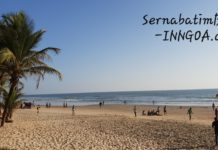
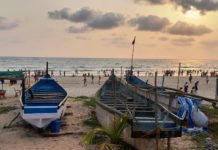
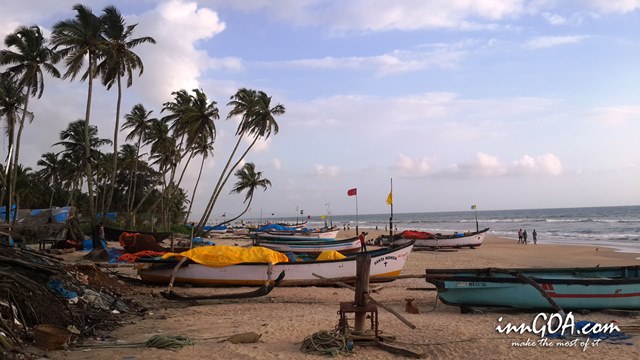

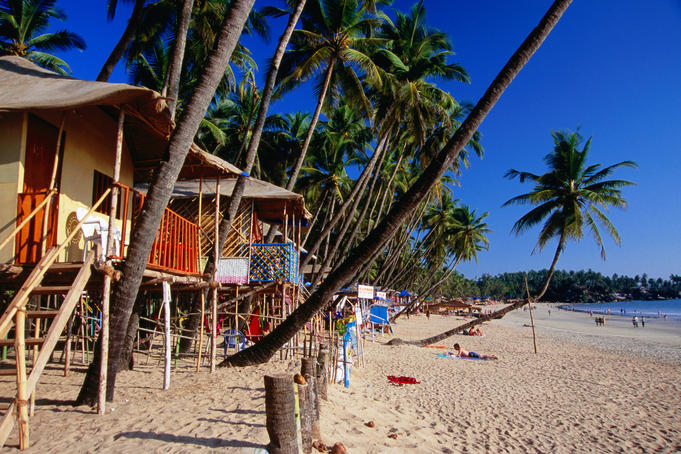
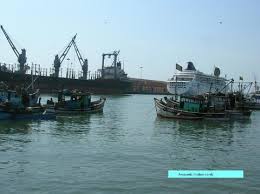

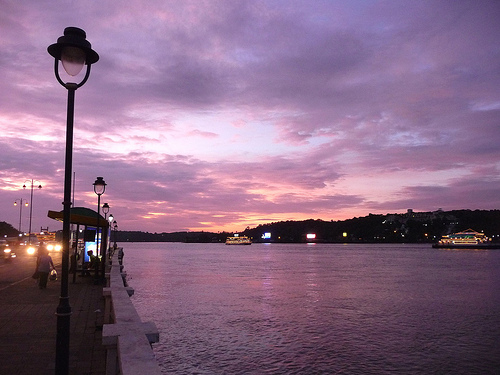
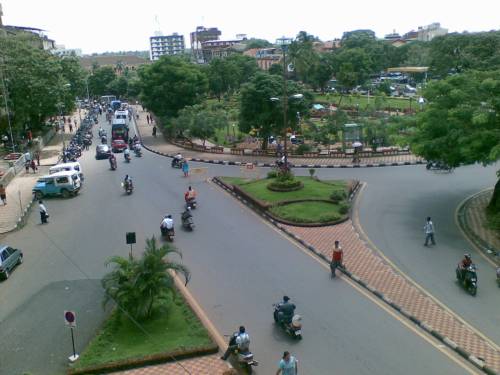

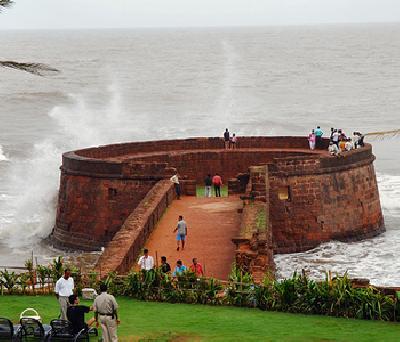
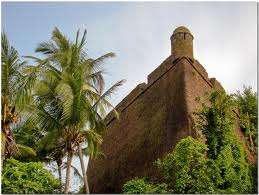
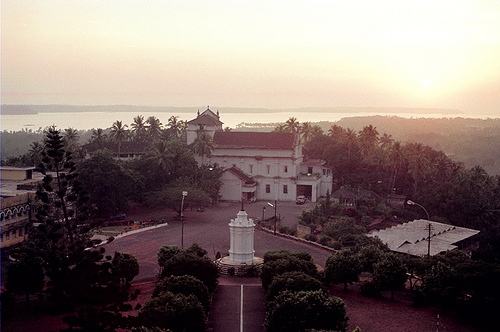
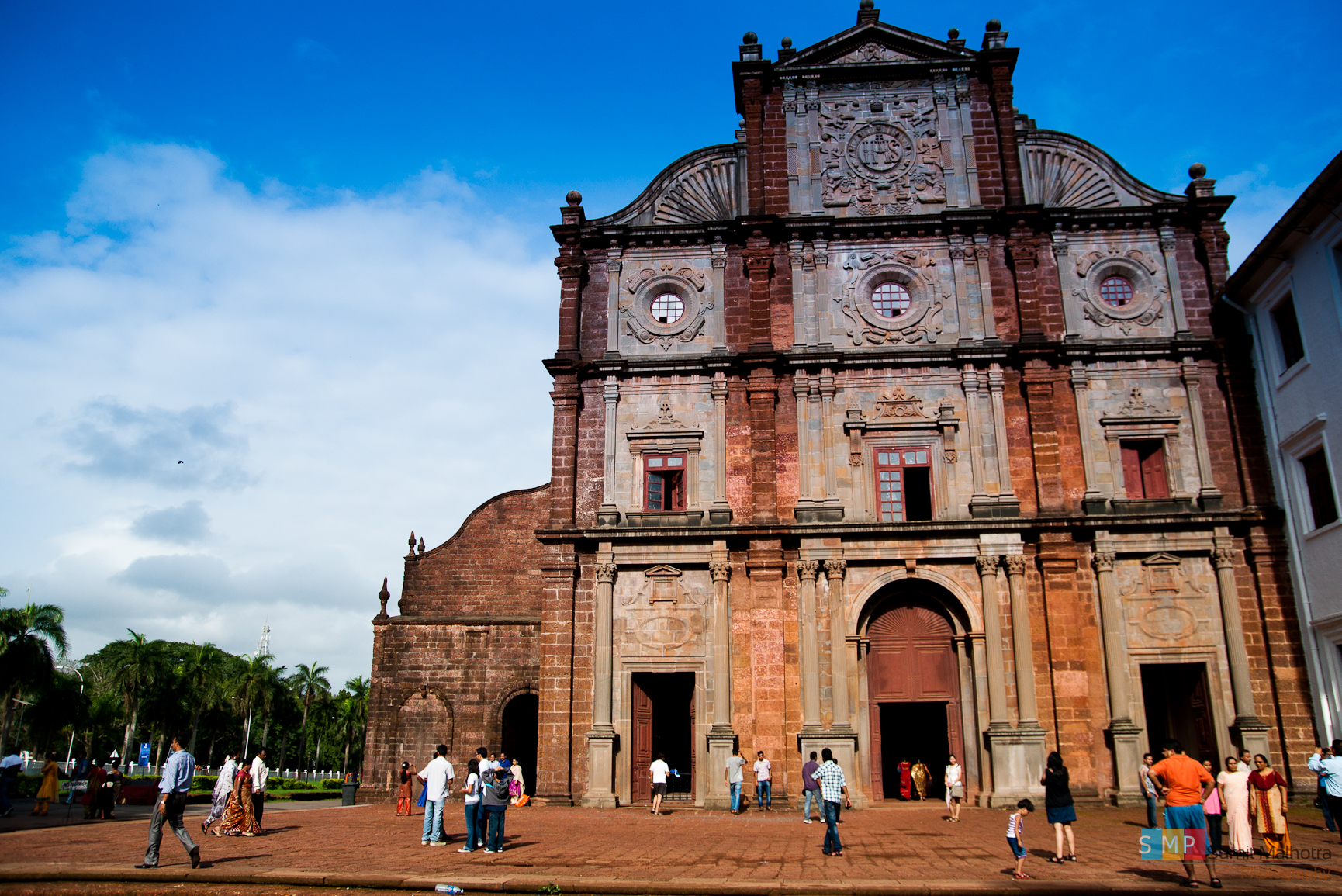


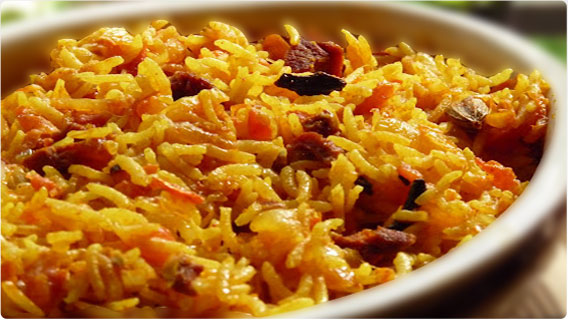

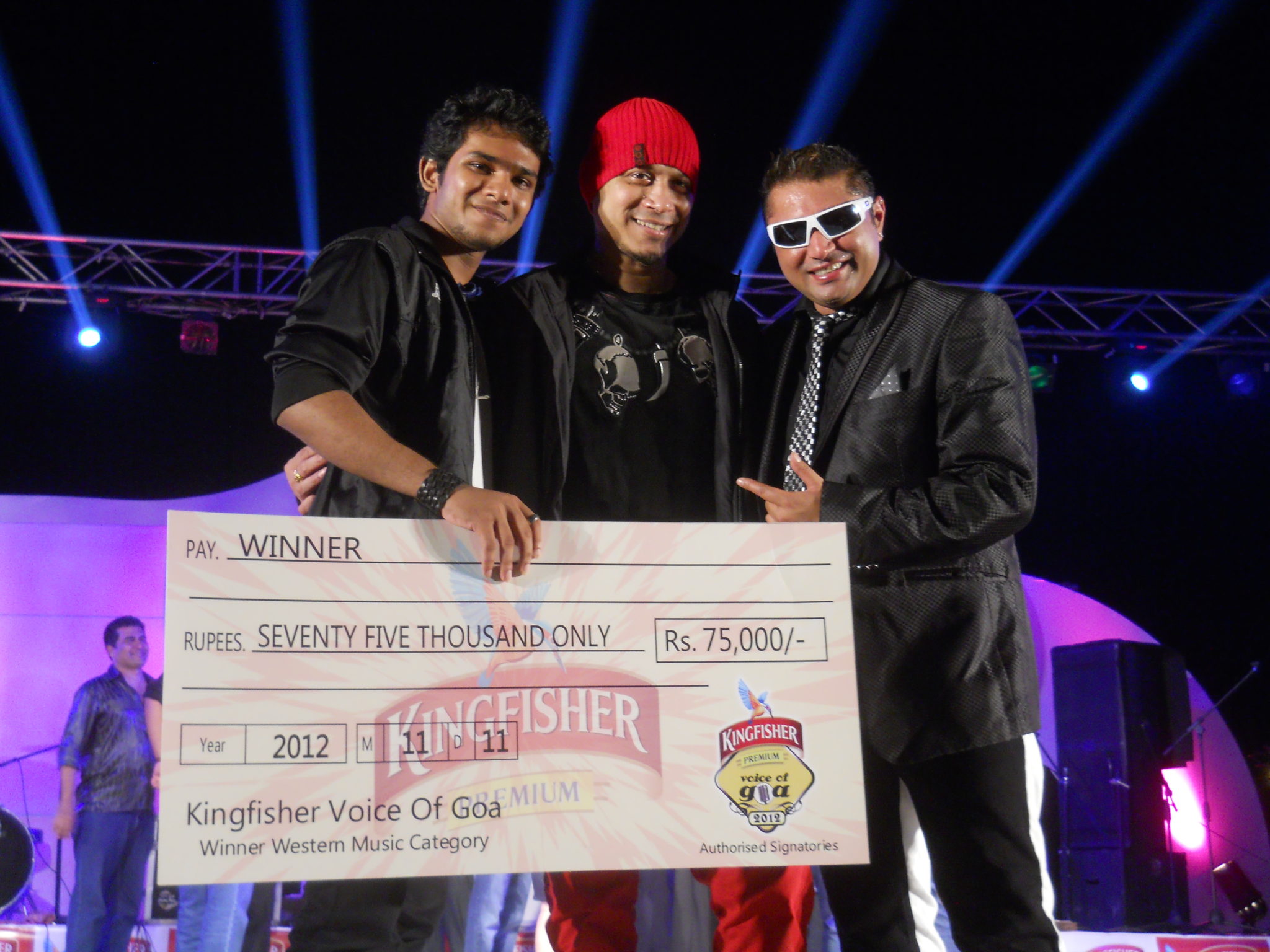



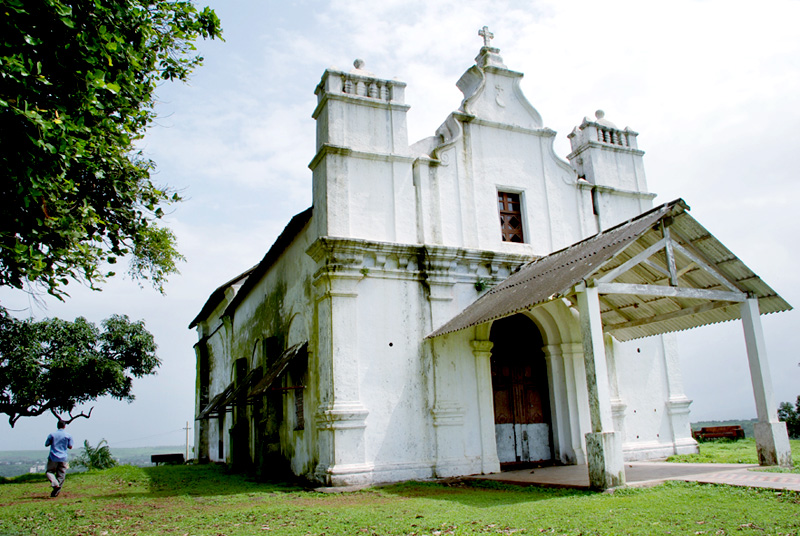
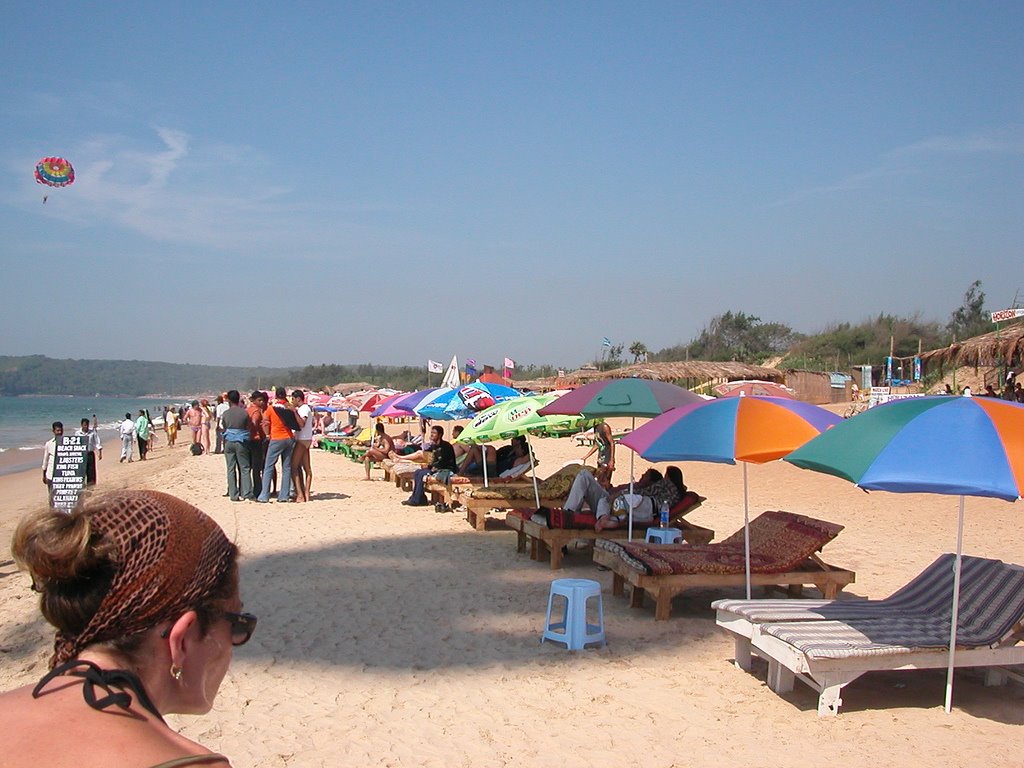


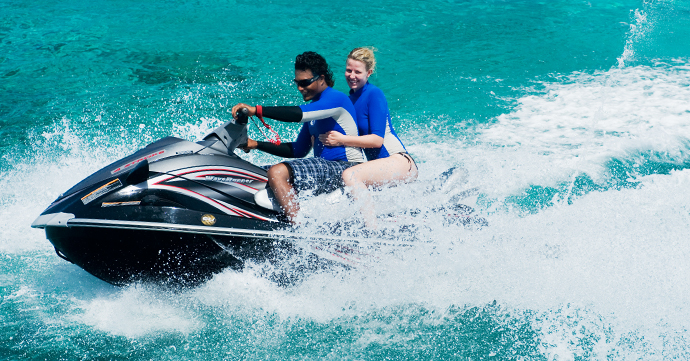
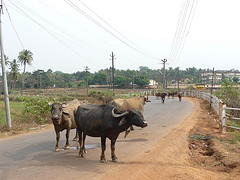
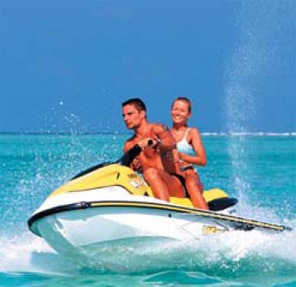
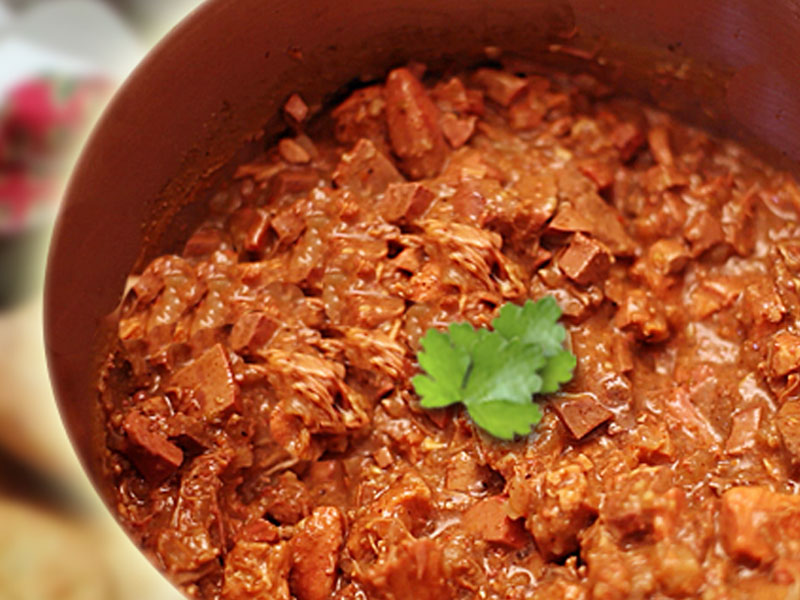
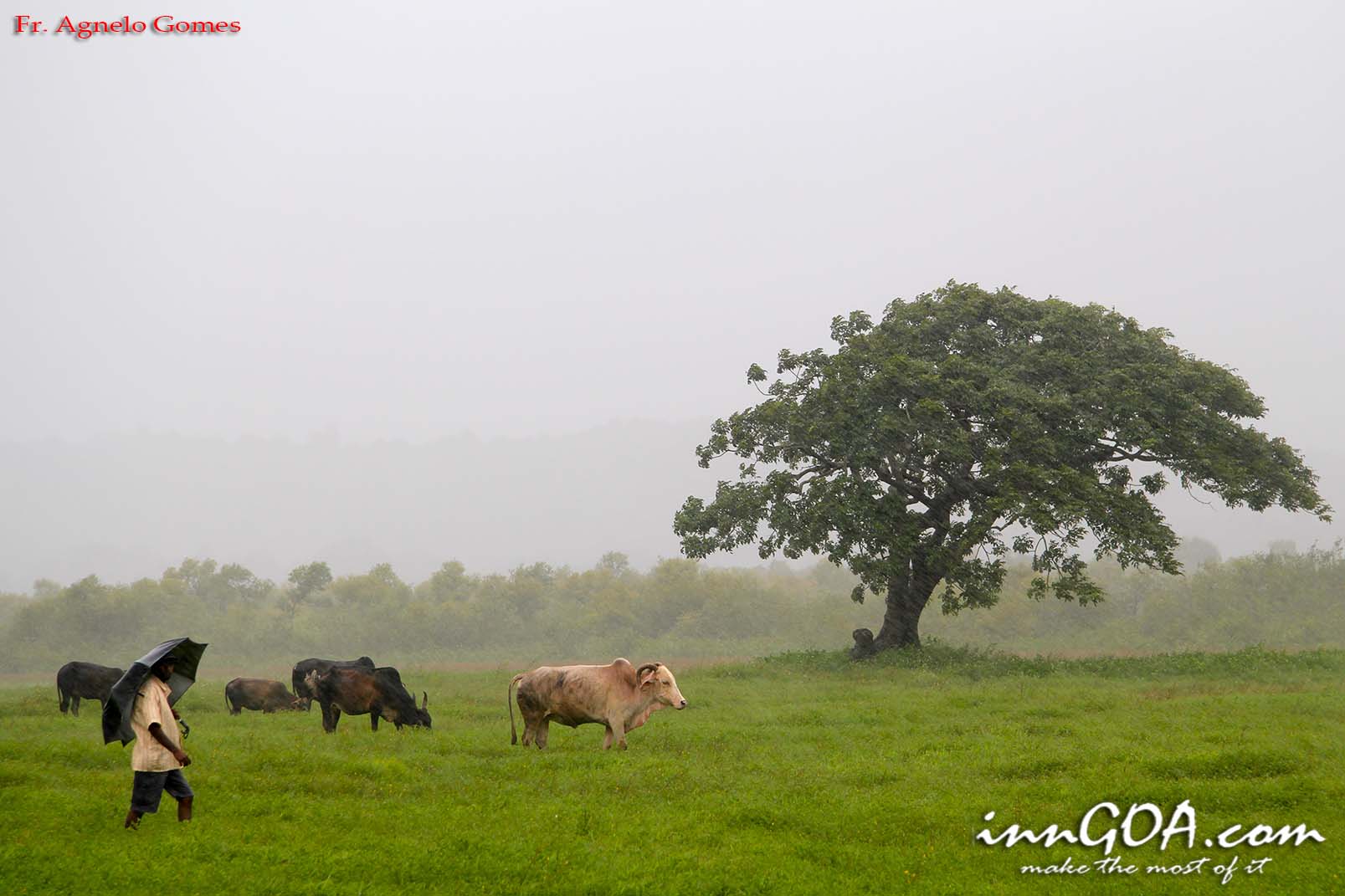
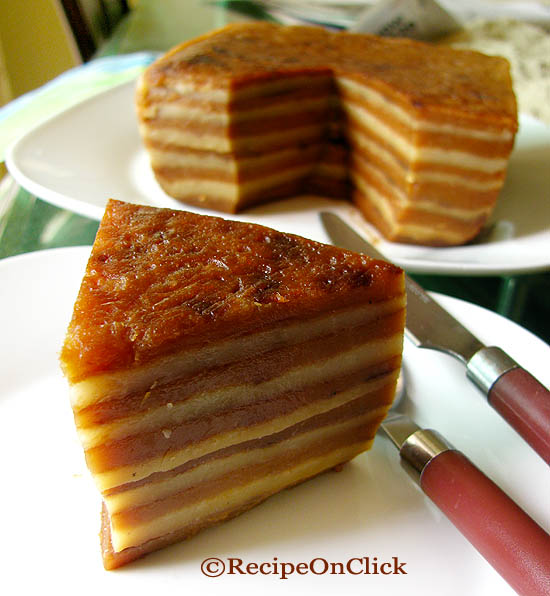
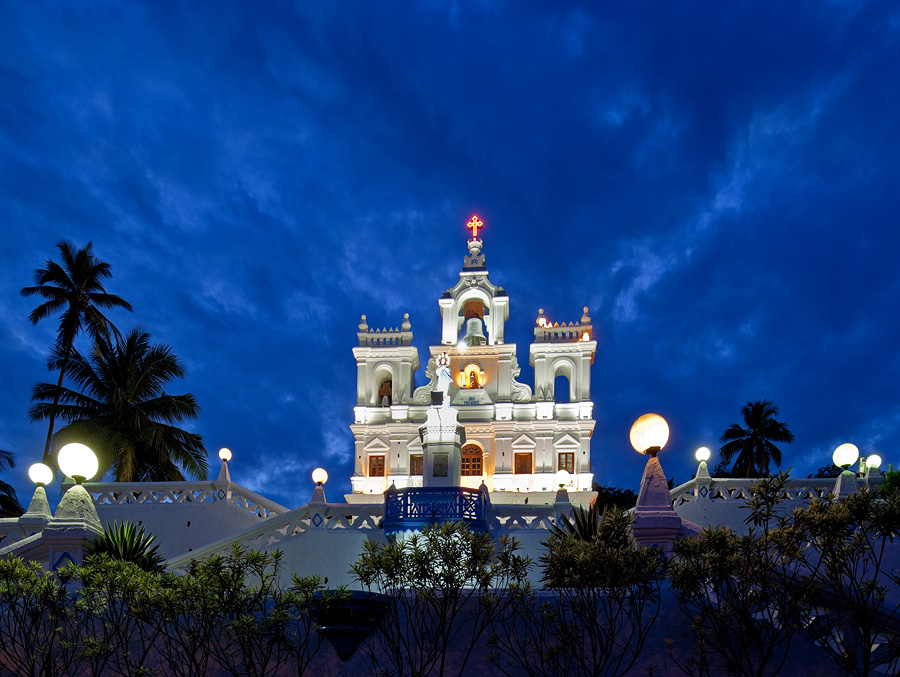

[…] are said not only for personal peace and prosperity, but also for the safety and welfare of all Vasco da Gama’s citizens. The religious rituals of the festival concludes after exactly 24 […]
Comments are closed.